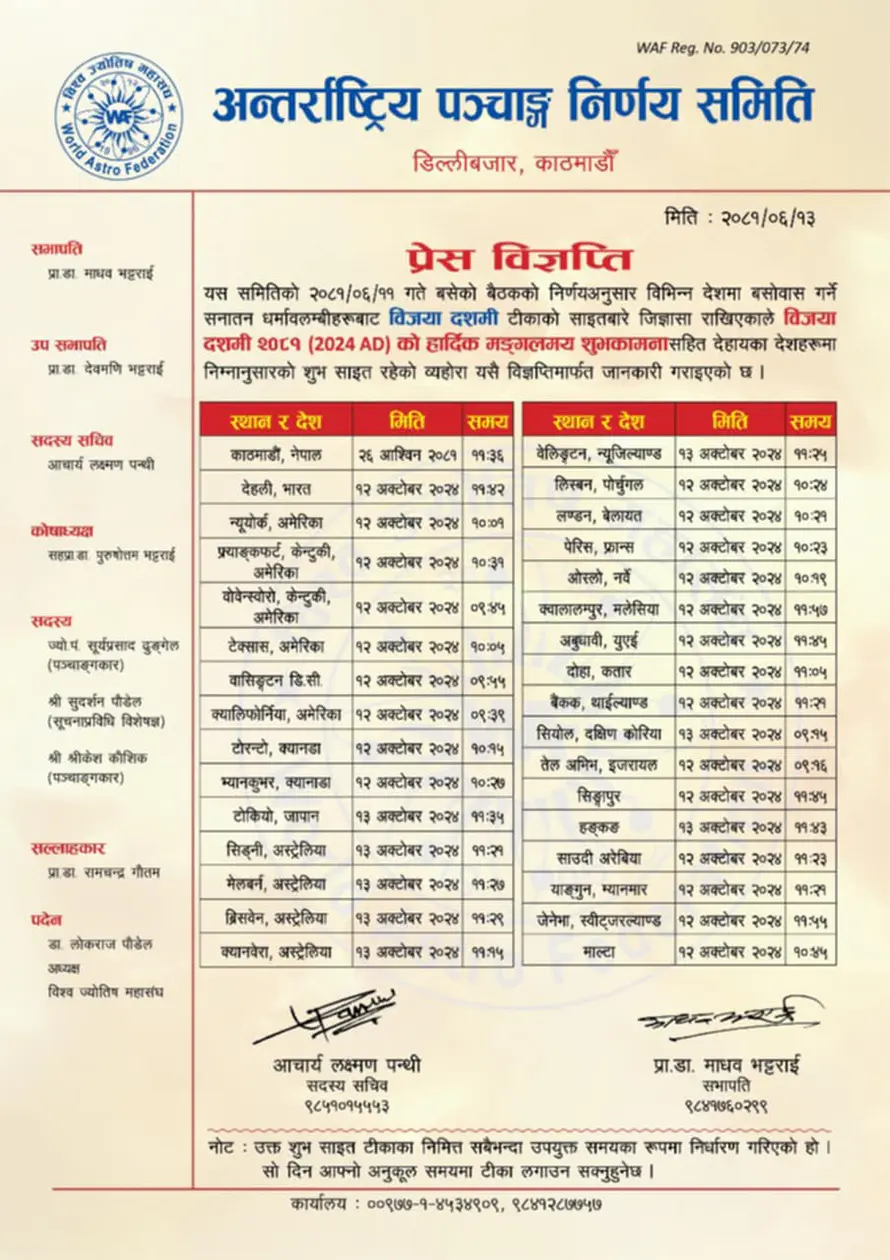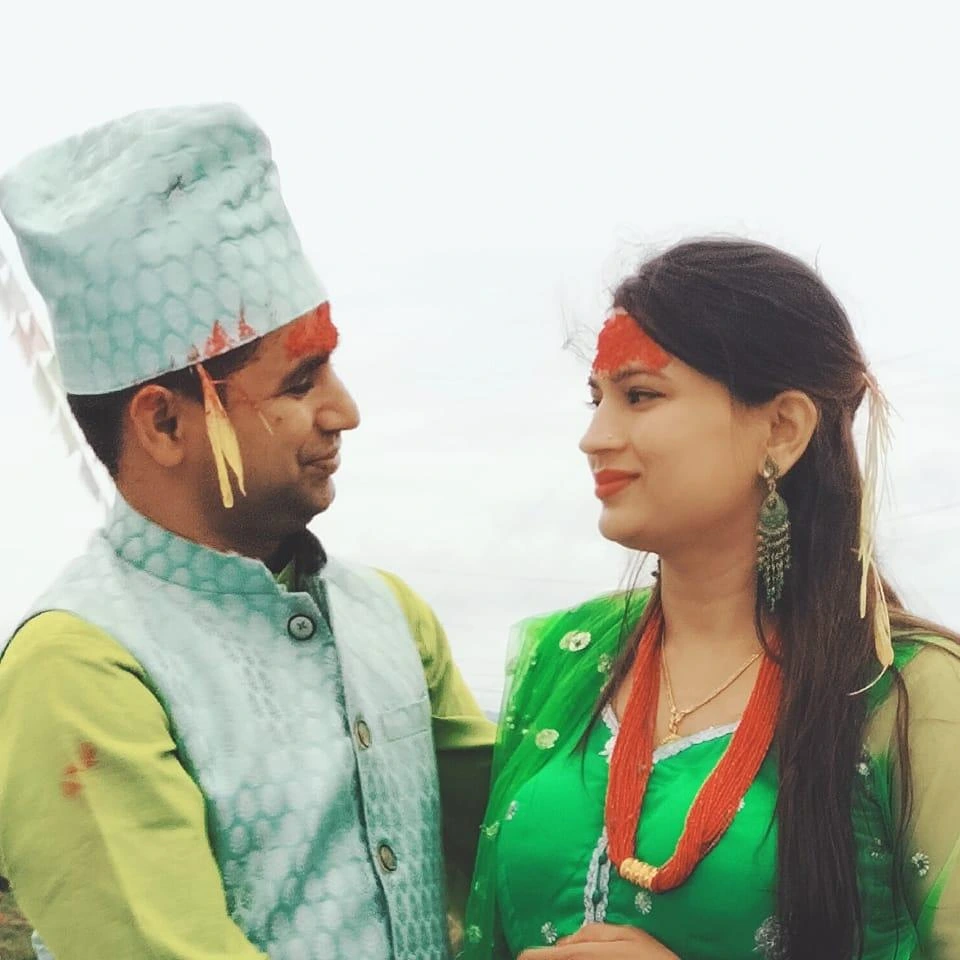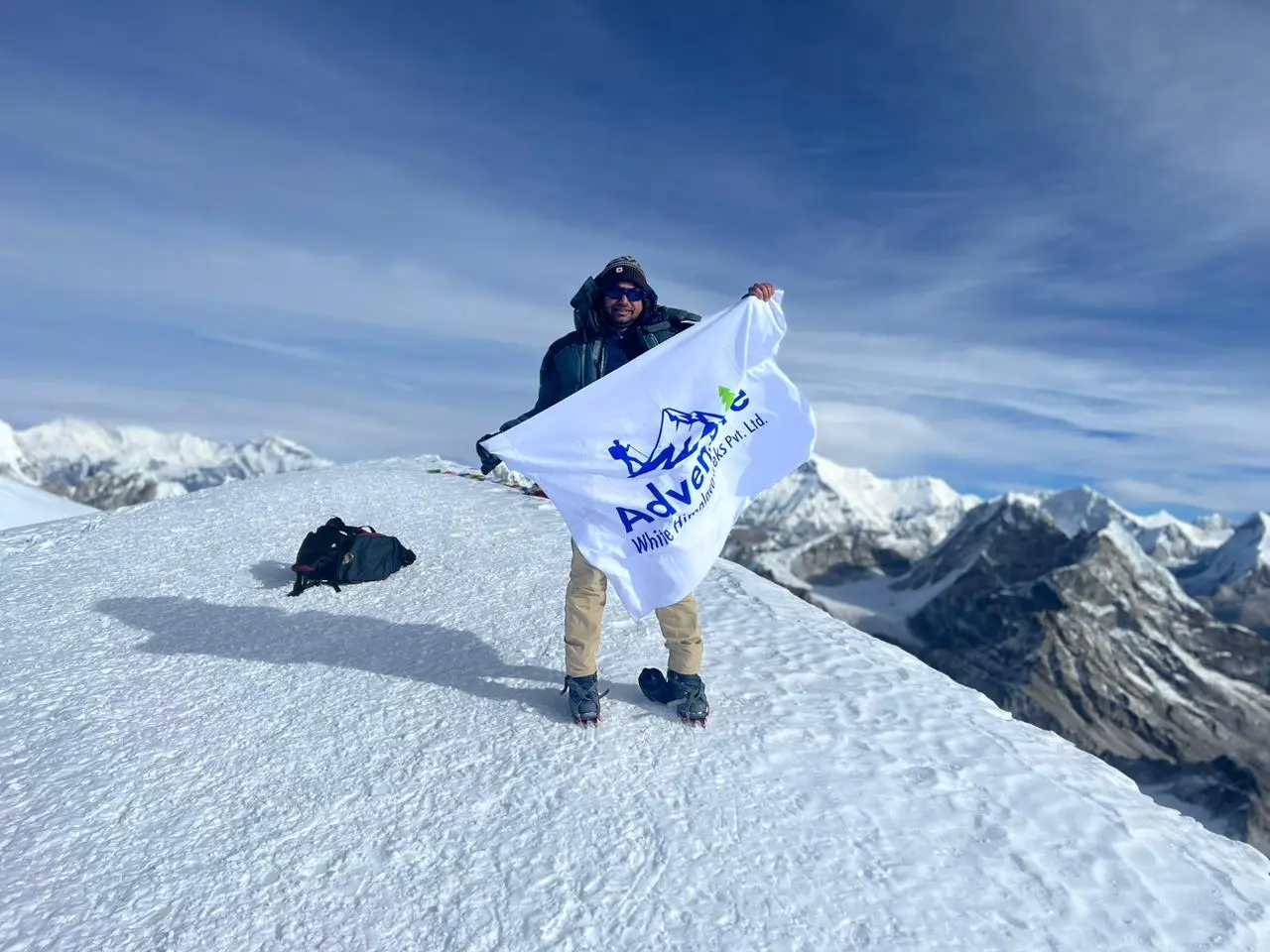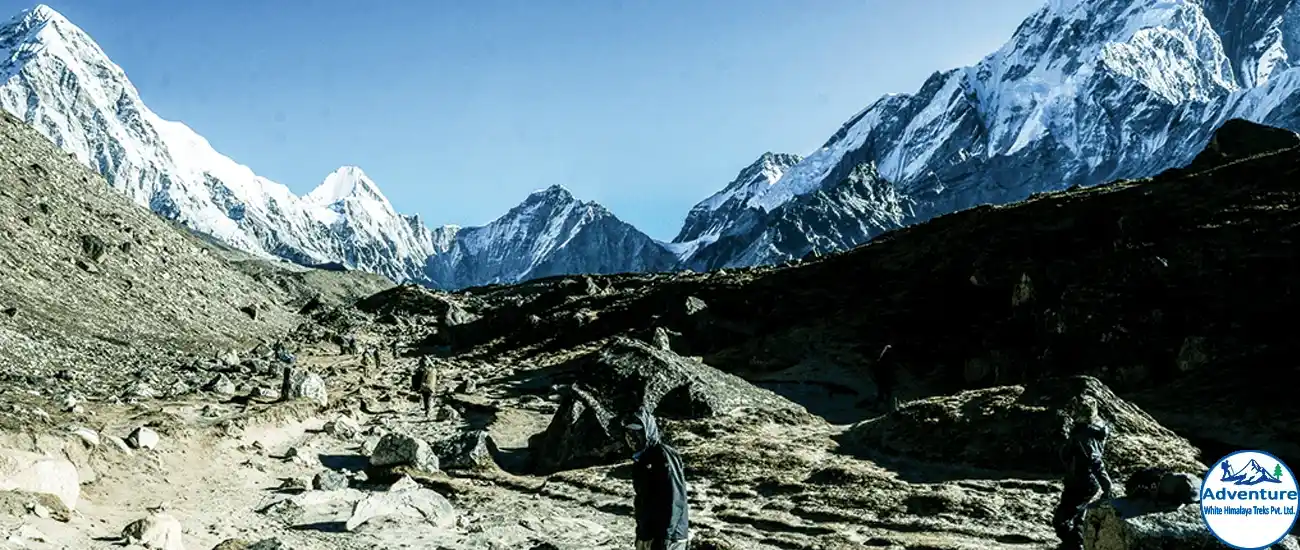Do you have any plans to visit Nepal?
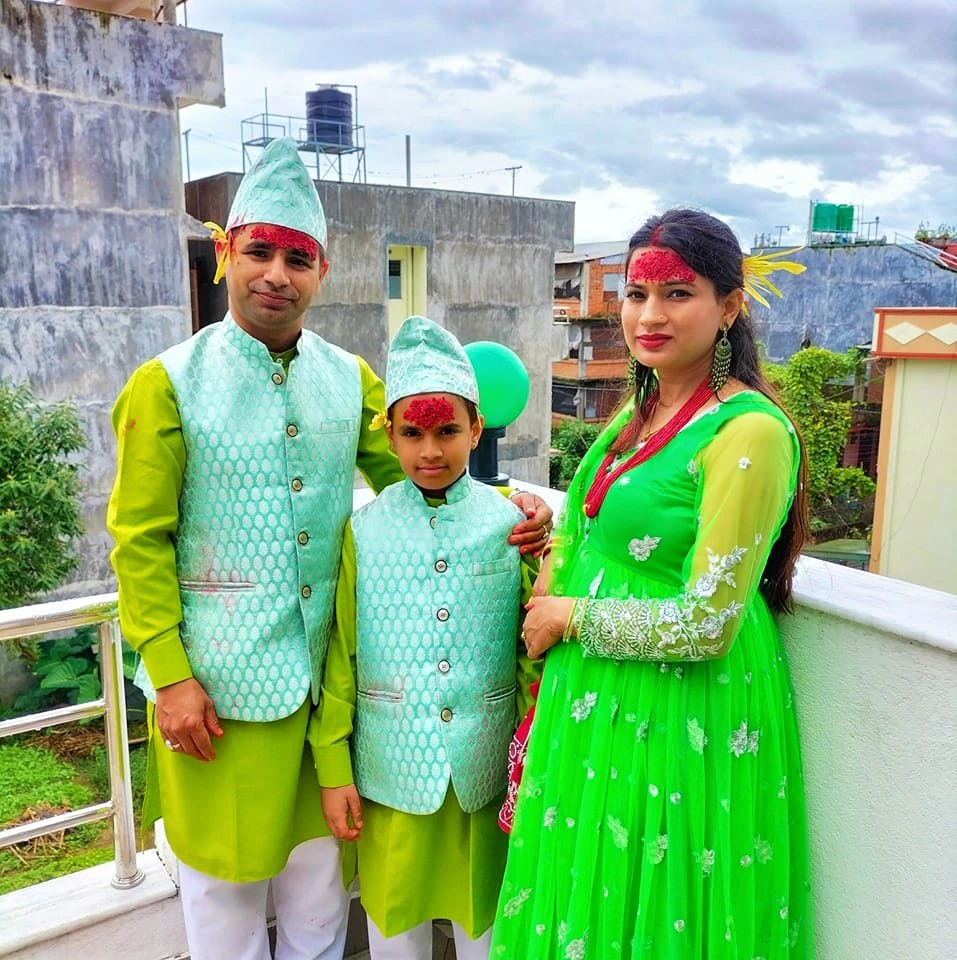
Amazing Dashain Festival: Rituals, Traditions & Cultural Significance
Dashain is not just any festival in Nepal; it’s a special time when families come together, homes are full of happiness, and the whole country celebrates the victory of good over evil. This 15-day festival is deeply connected to Hindu beliefs, celebrating Goddess Durga’s victory over the demon Mahishasura. But it’s not just about religion. Dashain festival brings families, tradition, and the entire nation closer.
A Celebration of Unity and Victory
At its heart, Dashain festival is about remembering the victory of goodness. It honors Goddess Durga’s strength and blessings. People from all over Nepal, no matter their age, background, or even religion, celebrate it. Families gather, clean and decorate their homes, and the whole country feels joyful. More than just religious rituals, Dashain is about family reunions, peace, and celebrating culture.
Looking Back at History
Dashain’s roots go back to ancient Hindu stories, where Goddess Durga is celebrated for her courage and strength. Over the years, it has become a major part of Nepal’s culture. Whether you’re in a busy city or a quiet village, Dashain is a time to respect traditions, strengthen family bonds, and celebrate being Nepali.
This guide will show you the cultural, religious, and social importance of Dashain. We’ll talk about the different traditions, how people celebrate in different parts of Nepal, and how modern times have changed some customs. Whether you’re interested in the lively celebrations in Kathmandu or the quieter, traditional ones in the villages, this guide has something for you. By the end, you’ll understand why Dashain festival is loved by so many people and why it’s such a special experience.
The Meaning of Dashain
Dashain isn’t just Nepal’s biggest festival—it’s a celebration with deep religious, social, and national meaning that touches everyone across the country. Let’s look at what makes this festival so important.
Religious Meaning
At the core of Dashain is the idea of good defeating evil, which is an important theme in Hindu teachings. The festival celebrates Goddess Durga’s victory over the demon Mahishasura, showing the power of truth and goodness. Every year, this victory reminds people of the importance of staying hopeful and spiritually renewed.
Dashain is also celebrated during Navratri, nine nights dedicated to worshipping different forms of Goddess Durga. During these nights, people pray, perform rituals, and ask for her blessings for protection, prosperity, and happiness. Durga is seen as the force that protects humanity from suffering and darkness, and her worship reflects how much Nepali culture respects the power of women.
Social Meaning
Dashain is a time for families to come together, which is very important in Nepali culture. Families, even those far apart, return home to celebrate. The Tika ceremony, where elders put a mix of rice, yogurt, and red powder on the foreheads of younger family members, is a way of showing love and giving blessings. It reminds people of the importance of unity, respect, and keeping traditions alive.
Dashain is also a time when people from different communities come together, even if they follow different religions. The festival brings a sense of togetherness and allows everyone to share in the joy.
Economically, Dashain is important too. People buy new clothes, food, and decorations, which helps boost local businesses and markets. For small businesses and artisans, this festival brings a lot of business.
National Meaning
Dashain is celebrated with public holidays so everyone can enjoy the festival. Schools, offices, and many businesses close, and the whole country gets into the festive spirit. Streets and homes are decorated with lights, and the government organizes events to bring people together, making sure the festival continues to be a symbol of Nepali culture.
In short, Dashain is a time when religion, social values, and national pride come together, making it a festival that unites everyone in Nepal.
The Rituals and Traditions of Dashain Festival
Dashain is a special festival in Nepal, filled with rituals that have been passed down for generations. Each tradition has deep meaning and is important to both culture and spirituality. From cleaning homes to performing religious ceremonies, everything during Dashain has a purpose. Let’s explore some key traditions that make this festival so meaningful.
Getting Ready for Dashain
As Dashain gets closer, families all over Nepal start preparing with lots of excitement. The first thing they do is clean and decorate their homes. This cleaning symbolizes purifying the house and getting ready to welcome gods and good energy. Many homes are freshly painted, and entrances are decorated with marigold flowers and colorful decorations to create a festive mood. The deep cleaning is believed to chase away bad energy and invite good luck.
After cleaning, people buy items needed for worship, like fruits, flowers, incense, and vermillion powder, which are essential for the rituals. Families also begin making special foods like sel roti (a sweet rice bread) and mutton curry, which everyone enjoys during family gatherings.
The Nine Nights of Navratri
Dashain happens at the same time as Navratri, a period of nine nights dedicated to Goddess Durga. Each night of Navratri has its own ritual. Families offer flowers, fruits, and grains to the goddess at home, while many people visit temples to pray for protection and prosperity.
Each night honors a different form of Goddess Durga. For example, the first night is for Shailaputri, the goddess of strength, while other nights honor goddesses like Brahmacharini (goddess of devotion) and Kalaratri (the fierce protector). All the rituals lead up to the tenth day, Vijayadashami, which celebrates Durga’s victory over evil.
The Main Day of Dashain: Vijayadashami
Vijayadashami is the most important day of Dashain festival. It celebrates the triumph of good over evil, symbolized by Goddess Durga’s victory. One of the most beloved rituals on this day is the Tika ceremony. Elders put a mixture of rice, yogurt, and vermillion (Tika) on the foreheads of younger family members, blessing them with good health, prosperity, and long life. They also place Jamara, green sprouts symbolizing fertility and good luck, which were planted on the first day of Dashain.
The Tika ceremony starts at an exact time, based on the lunar calendar. In 2024, this time is 10:02 AM. However, families continue the blessings throughout the day as they visit relatives.
Another tradition is animal sacrifice, where goats or buffaloes are sacrificed as offerings to the goddess. Some people choose to make symbolic offerings like coconuts or pumpkins instead, as the sacrifice is becoming optional in many places.
Other Traditions
Dashain begins with Ghatasthapana, the installation of a sacred pot, where barley seeds are planted to grow into Jamara for the Tika ceremony. Another important ritual is Fulpati, observed on the seventh day, when sacred flowers and leaves are brought to the royal palace in Kathmandu, symbolizing the power of the goddess.
Dashain is also a time for fun! Across towns and villages, markets pop up selling toys, clothes, and sweets. Kids especially enjoy playing on big bamboo swings called ping, and communities come together to celebrate with fairs and games.
Dashain Tika Timing 2024: Auspicious Times Announced for Nepalis Around the World
The International Calendar Committee has shared the best times for Dashain Tika in 2024 for Nepalis living in 23 different countries. This includes places like the U.S., UK, Canada, Japan, and more.
In Kathmandu, Nepal, the best time for Tika on Bijaya Dashami is on October 12, 2024, at 11:36 AM. For the U.S., New York’s Tika time is at 10:01 AM, and in Texas, it’s at 10:05 AM. Delhi, India, will celebrate at 11:42 AM the same day. Countries like Canada, UAE, Qatar, Thailand, and Singapore have their specific times too.
In places like Tokyo, Japan, and cities in Australia, New Zealand, and South Korea, the Tika will be done on October 13, 2024. This allows Nepalis worldwide to celebrate Dashain at the same special times.
Here is the list of times for different cities and countries.
October 12, 2024 (26th Ashoj 2081):
- Nepal (Kathmandu): 11:36 AM
- India (Delhi): 11:42 AM
- USA:
- New York: 10:01 AM
- Kentucky (Frankfurt): 10:31 AM
- Kentucky (Owensboro): 9:45 AM
- Texas: 10:05 AM
- Washington D.C.: 9:55 AM
- California: 9:39 AM
- Canada:
- Toronto: 10:15 AM
- Vancouver: 10:27 AM
- Portugal (Lisbon): 10:24 AM
- UK (London): 10:21 AM
- France (Paris): 10:23 AM
- Norway (Oslo): 10:19 AM
- Thailand (Bangkok): 11:21 AM
- Malaysia (Kuala Lumpur): 11:57 AM
- UAE (Abu Dhabi): 11:45 AM
- Qatar (Doha): 11:05 AM
- Israel (Tel Aviv): 9:16 AM
- Singapore: 11:45 AM
- Saudi Arabia: 11:23 AM
- Myanmar (Yangon): 11:21 AM
- Switzerland (Geneva): 11:55 AM
- Malta: 10:45 AM
October 13, 2024 (27th Ashoj 2081):
- Japan (Tokyo): 11:35 AM
- New Zealand (Wellington): 11:25 AM
- South Korea (Seoul): 9:15 AM
- Hong Kong: 11:43 AM
- Australia:
- Sydney: 11:21 AM
- Melbourne: 11:27 AM
- Brisbane: 11:29 AM
- Canberra: 11:15 AM
This global Tika timing ensures Nepalis living abroad can celebrate Dashain following their respective local times.
Celebrate Dashain wherever you are by following these auspicious times and connecting with loved ones!
Dashain Across Nepal
Dashain is celebrated all over Nepal, but in different ways depending on the region. In the Terai, Dashain blends with the Indian festival of Durga Puja, with large gatherings and public processions. In the hills and mountains, like Mustang, Dashain focuses on harvest rituals. In Tibetan-influenced regions, people mix Buddhist and Hindu practices, often skipping animal sacrifices.
In big cities like Kathmandu, Pokhara, and Bhaktapur, Dashain is celebrated with grand markets, fairs, and lights. Kathmandu has royal rituals, like the Fulpati procession, while Pokhara’s celebrations are more relaxed, with people enjoying nature and family time.
In rural areas, Dashain is connected to the agricultural cycle. Villages celebrate with bamboo swings, community feasts, and sharing food with neighbors. The Tika ceremony is especially important here, with families traveling long distances to visit their elders for blessings.
A Festival of Family and Unity
Whether in the city or the countryside, Dashain is all about family, faith, and unity. Each region adds its own flavor to the celebration, but the core themes of love, respect, and tradition remain the same across Nepal.
The Cultural Significance of Dashain
Dashain is more than just a celebration; it’s a special time that shows off Nepal’s rich culture. This festival brings to life stories, music, art, and delicious food from Nepal’s traditions. Let’s look at how Dashain shows what makes Nepal unique.
Mythological Stories and Legends
The importance of Dashain comes from old Hindu stories. One famous tale is from the Ramayana, where Lord Ram, with the help of Goddess Durga, defeats the evil king Ravana. This story is all about good winning over evil, which is a key part of Dashain. The victory after nine days of fighting is celebrated on the 10th day, called Vijayadashami. This day reminds us to do what is right.
Another story from the Mahabharata connects to Dashain, too. In this story, the Pandavas ask Goddess Durga for help to defeat their cousins, the Kauravas. Their victory also celebrates the ideas of truth and justice, which are important during Dashain. These stories remind people about the constant battle between good and bad in their lives.
Traditional Music, Dance, and Art
Dashain is also a time for fun music, dance, and art that show off Nepal’s diverse culture. Folk songs called Malshree Dhun are very popular during this festival. Their happy melodies create a joyful mood, making many Nepalis feel nostalgic.
During Dashain, people also perform folk dances. The Deuda dance is popular in western Nepal, where people join hands and move in circles to the beat of drums and cymbals. These dances tell stories about the gods and bring the tales to life with movement.
Dashain also inspires beautiful art. Temples are decorated with paintings of Goddess Durga, and local artists create colorful images of mythological stories. The bright colors and detailed patterns in these artworks show off Nepal’s rich artistic history.
Traditional Cuisine
Food is a big part of Dashain, and families gather to enjoy special dishes made for the occasion. One favorite dish is Sel Roti, a sweet, ring-shaped bread made from rice flour. Many Nepali families make this bread and serve it with yogurt or curries during the festival.
Mutton is another important dish, especially during the Tika ceremony when families feast together. People cook big meals with mutton curry, fried goat meat, and different side dishes. Traditionally, goat is offered to the goddess, but many people also enjoy vegetarian options.
Along with these dishes, Dashain features seasonal fruits, sweets like laddus and barfi, and homemade snacks shared with neighbors and guests. Preparing and sharing food helps create a sense of community during Dashain.
Dashain and Modern Nepal
As Nepal changes and becomes more modern, Dashain has also changed a bit. But it still stands as a symbol of what it means to be Nepali, as people work to keep its traditions while adapting to new times.
Impact of Globalization
With globalization, some Dashain celebrations, especially in cities, have changed. Technology and modern lifestyles have affected old customs. Younger people may celebrate Dashain less formally and prefer social get-togethers instead of traditional ceremonies. Smaller families now often have more intimate celebrations compared to the large family gatherings of the past.
Western culture has also added new elements to Dashain. In cities, it’s common to see people shopping at malls for festive sales or enjoying Western entertainment along with traditional customs. While these changes might seem to change the original spirit of Dashain, they also show how the festival adapts to modern life.
Efforts to Preserve Traditional Practices
Despite these changes, many people and communities are trying to keep traditional practices alive. The government often promotes cultural events that celebrate Dashain with music, dance, and parades. Schools encourage children to learn about the history and meaning of the festival, helping to pass down its essence to future generations.
In rural areas, people are committed to keeping traditional rituals alive. From planting Jamara to the Tika ceremony, these customs are part of daily life, and people take pride in them. There is also a growing trend toward eco-friendly celebrations, encouraging people to skip animal sacrifices and find sustainable ways to honor the goddess.
Dashain as a Symbol of Nepali Identity
Ultimately, Dashain is a strong symbol of what it means to be Nepali. No matter how much modern changes affect it, the festival continues to stand for unity, family, and cultural pride. For many Nepalis, Dashain festival is a time to reconnect with their roots and families, especially those living far from home.
As Nepal faces the challenges of a globalized world, Dashain remains a celebration that brings people together, reminding everyone of their shared heritage and the values that define Nepali culture.
Conclusion
Dashain is Nepal’s biggest and most loved festival. It celebrates culture, tradition, and togetherness, with deep religious, social, and national meaning. From its old stories of good defeating evil to the vibrant rituals and customs, Dashain shows the heart of Nepali identity.
We’ve learned about the festival’s religious importance, the role of Goddess Durga, and how it brings families together. We also saw how Dashain boosts cultural exchange and supports the economy.
Through its rituals, we explored how Nepalis prepare for Dashain festival, the significance of the nine nights of Navratri, and the grand celebration of Vijayadashami, especially the Tika ceremony. Different ways of celebrating Dashain across Nepal—from busy cities to quiet villages—add to its richness. We also discovered how Dashain is a time for enjoying traditional food, music, dance, and art, which all enhance its cultural importance.
Even with modernization, Dashain continues to change while keeping its core values. Efforts to protect traditional practices show a desire to maintain the festival’s spirit, which is a strong symbol of being Nepali.
The Importance of Celebrating Dashain
Dashain is not just a religious festival; it’s a celebration of life, family, and community. It helps us remember the importance of good over bad and promotes unity among friends, families, and neighbors. Celebrating Dashain is a way to honor the strength and beauty of Nepali culture, making it a special moment for millions.
For those living away from Nepal, Dashain brings back memories of home, family gatherings, delicious food, and shared warmth. Whether you are Nepali or just curious about the culture, understanding and celebrating Dashain helps you appreciate Nepal’s rich heritage.
An Invitation to Experience Dashain Firsthand
If you find yourself in Nepal during Dashain festival, you are in for a treat! There is no better way to understand Nepal than by experiencing this grand festival. From colorful city parades to quiet family traditions in rural areas, Dashain offers a rich cultural experience. The festive spirit, friendly hospitality, and joy of celebration make it a memorable time to visit.
So, whether you take part in the Tika ceremony, fly kites under the autumn sky, or enjoy a traditional meal with loved ones, Dashain promises an unforgettable experience that will stay in your heart.


